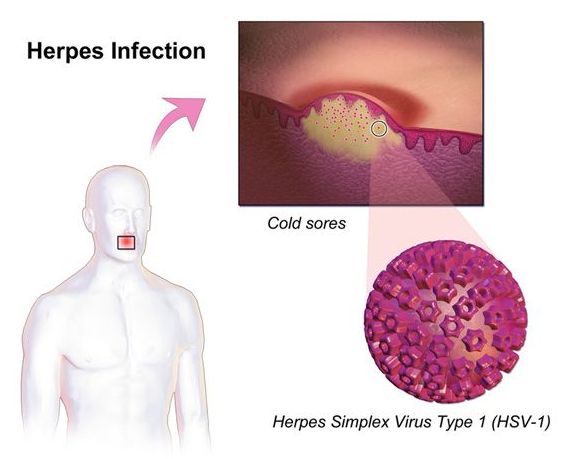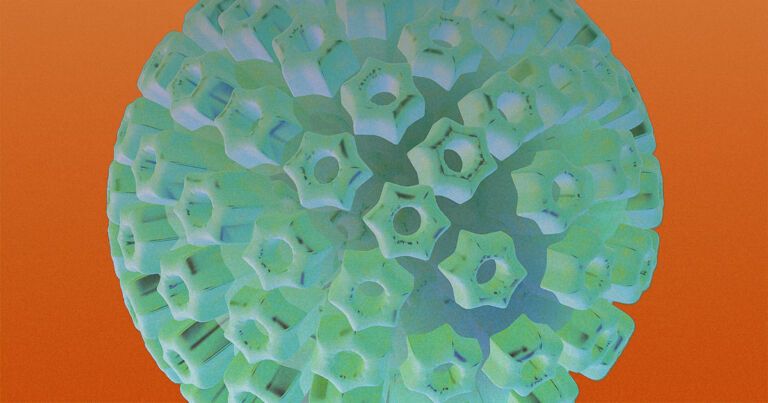Cellular Aquaculture — Feed The World and Save the Oceans — Lou Cooperhouse, President & CEO, of BlueNalu, joins me on ideaXme (https://radioideaxme.com/) to discuss his company’s technologies to provide the world with healthy and safe cell-based seafood products, and support the sustainability and diversity of our oceans — #Ideaxme #StemCells #Aquaculture #Oceans #Fish #Sushi #Poke #Ceviche #SustainableDevelopment #Agriculture #Health #Wellness #RegenerativeMedicine #Biotech #Longevity #Aging #IraPastor #Bioquark #Regenerage ideaXme BlueNalu Rutgers University Rich Products Sumitomo Chemical: Group Companies of the Americas KBW Investments.
Ira Pastor, ideaXme life sciences ambassador and founder of Bioquark, interviews Lou Cooperhouse, President and CEO of BlueNalu.
Ira Pastor comments:
Global demand for seafood is at an all time high, as consumers are increasingly choosing to eat an extraordinary variety of seafood products that exist worldwide. Unfortunately, our global supply for seafood cannot keep pace with this demand, as populations of marine species have halved since 1970. This is due to overfishing, illegal fishing, rising ocean temperatures, acidification, the effects of trawling, and a number of other environmental, social, and political challenges.
At the same time, consumers are looking for more from their food choices. Consumers are increasingly concerned about animal welfare and the conditions in which fish are farmed and caught. In addition, they are increasingly concerned about their own personal welfare, as seafood can be a source of mercury, toxins and poisons, pathogens, viruses, and parasites, micro-particles of plastics due to plastic pollution in our ocean, and a variety of other environmental pollutants.
Using biotechnology to create a sustainable cell based seafood food resource.
Cellular agriculture (or aquaculture per our theme today) focuses on the production of products from cell cultures using a combination of biotechnology, tissue engineering, molecular biology, and synthetic biology to create and design new methods of producing proteins, fats, and tissues that would otherwise come from traditional agriculture or aquaculture.
Lou Cooperhouse, is President and CEO of BlueNalu, a company whose mission is to be the global leader in cellular aquaculture, providing consumers with great tasting, healthy, safe and trusted cell-based seafood products that support the sustainability and diversity of our ocean.









